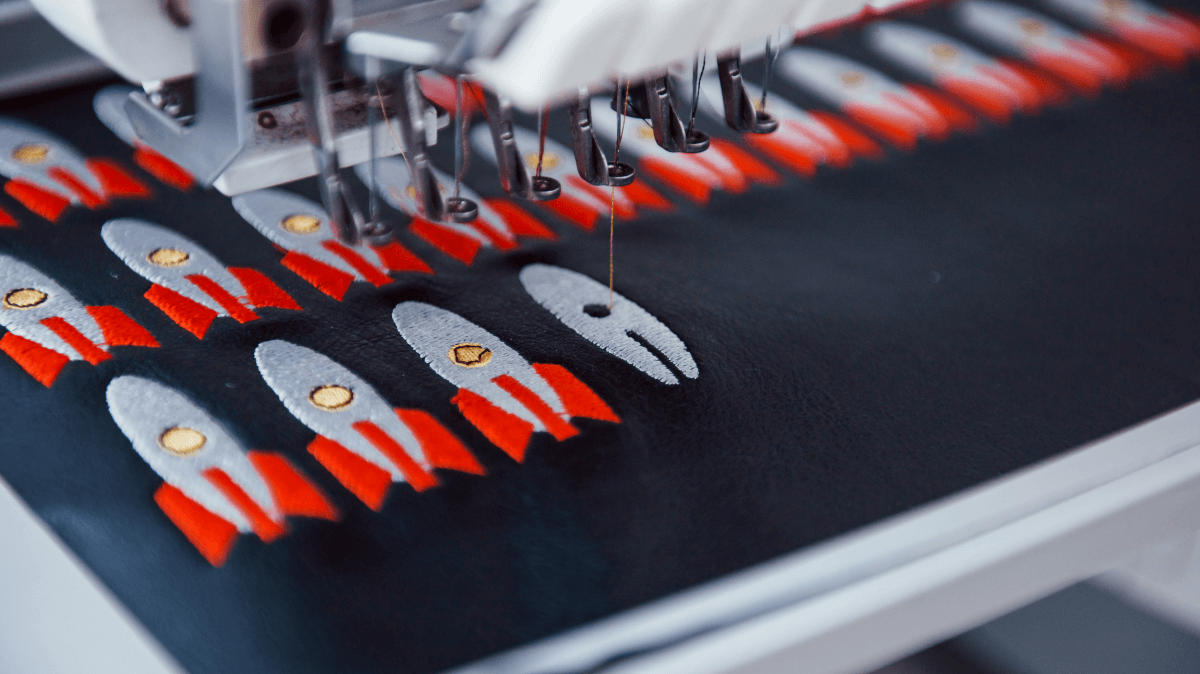Research and Development (R&D) Tax Incentive for Industry 4.0 | The state of advanced Manufacturing activities
Manufacturing employs more than 10% of the Australian workforce, contributes more than $100 billion a year to the economy, and employs more than 1.27 million people across Australia.[1]
Innovation and investment in Industry 4.0 technologies is extremely concentrated in Australia with only 5% of manufacturing companies generating 99% of the industry’s export value.[2]
Advanced manufacturing capabilities and Industry 4.0 go hand-in-hand
As such, understanding the state of advanced manufacturing capabilities in Australia provides a glimpse of the evolution of Industry 4.0 within the country. The Advanced Manufacturing Growth Centre is dedicated to the transformation of Australian manufacturing to be more globally competitive while increasing the demand for Australian-based manufacturing jobs.
Advanced manufacturing is defined by the government as “any manufacturing process that takes advantage of high-technology or knowledge-intensive inputs as an integral part of its manufacturing process.” Any manufacturing company can integrate advanced manufacturing processes into its business and keep pace with the technical innovations of other cutting-edge manufacturers.
Advanced manufacturing extends far beyond just the production floor. It extends to pre- and post-production activities including research and development, technical planning, advanced design work, post-sale product support, and even the development of long-term customer relationships. The shift to advanced manufacturing capabilities will increase the workforce demand for high-skilled labour due to the integration of new technologies.
There are three main characteristics of globally successful advanced manufacturers:
- Advanced Knowledge indicated by higher R&D spend, larger patent portfolio, collaboration with research institutions and other manufacturers and specialised employees.
- Advanced Processes indicated by new equipment, increased automation, improved energy and water efficiencies and smarter inventory management.
- Advanced Business Models indicated by higher marketing expenditure, higher trade intensity, and a larger geographical reach.
Australian advanced manufacturers
Australian advanced manufacturers exhibit many of the above characteristics including higher R&D investment and salaries, implementation of state-of-the-art technologies and bundled products with services to generate added value. Overall, successful manufacturing in Australia is more closely linked to how businesses operate than to what is being produced.
There are indicators that Australian manufacturers are adopting advanced manufacturing and other Industry 4.0 technology too slowly to continue successfully competing in the global market. More than 50% of the industry’s R&D related spend is incurred by just 5% of companies. Small and medium-sized Australian manufacturing companies are falling behind on innovation compared to their counterparts elsewhere in the world.
Companies should carefully select a focus area to prioritise when improving their existing performance, instead of attempting to transform multiple aspect of their business.
Manageable steps towards implementing changes are widespread and can include things like:
- Collaboration with academic researchers to further advance technical capabilities
- Obtaining patents to protect internally generated intellectual property
- Evaluating production modernisation, including overhauling existing IT systems, to increase efficiencies
- Integration of new monitoring and automation technologies to increase production yield and improve quality control
- Integrating advanced business models into practice, including new marketing methods and new products and services
- Specialising in niche market areas with high value products.
There are additional steps that the government can take to assist with further developing and modernising Australian manufacturing. Governmental policies and industry assistance can be targeted to support the acquisition of advanced knowledge, processes and business models that have been proven to work elsewhere. Improved reporting and data collection of manufacturing jobs will generate a more accurate understanding of the state of Australian manufacturing. Currently indirect manufacturing jobs, like design, accounting, and marketing, are classified as services instead of manufacturing. Reporting employment statics at a subsector level would generate a more accurate understanding of Australian manufacturing as a whole.
The government has made some efforts to facilitate the advancement of Australian manufacturing. The Digital Transformation Agency was founded to facilitate government investments in Australia’s digital future. The Prime Minister’s Industry 4.0 Taskforce was assembled to collaborate on the creation of consistent international standards for Industry 4.0. Additional steps can also be taken to further promote and support the adoption of new technologies in Australian manufacturing.
Manufacturing technologies and capabilities are rapidly transforming due to the application of new technologies, automation, and updated business models. Manufacturers around the world need to adapt their historical practices to incorporate new technologies or they will not remain competitive in the global marketplace. Australian manufacturers need to embrace advanced manufacturing methods and Industry 4.0 to remain competitive.
The 5% of Australian manufacturers who are investing in advanced technologies cannot be responsible for the transformation of the entire manufacturing industry within Australia. The transformation of traditional manufacturing practices with new technologies, processes, and methods will be a unique process for each company and requires a huge investment in time and resources. Australian manufacturers cannot afford to not invest in the advancement of their manufacturing capabilities if they want to continue to be competitive in the global market.
Related: Industry 4.0 | Why it matters & How you apply R&D
Why Azure Group?
At Azure Group, our personal touch is the key to unlocking exceptional outcomes for our clients. To assist you in accessing the maximum possible refund under the Government Grant scheme, Azure Group has a team of experienced Grant specialists who meet with you to understand your product and services in more detail to unlock the true value of your activities.
Azure Group team has assisted many startups and SMB's in claiming Government Grants. As champions of the technology and emerging growth sector, we are proud of our success in obtaining R&D Tax Incentive (RDTI) for our clients. Beyond RDTI we uphold a reputation for being experts in the tech sector working with
innovative clients across a range of disciplines. Feel free to contact Azure Group to check your eligibility.
Have you noticed our #FridayExpertTips... here's one that relates to #R&D
"To apply for the R&D Tax Incentive you need to conduct research in a scientific way. The R&D program offers a generous tax offset for companies investing their time and effort in conducting eligible R&D. Talk to our team."
[1] Perceptions of Australian Manufacturing, September 2021, Advanced Manufacturing Growth Centre Ltd
[2] Advanced Manufacturing: A New Definition for a New Era, Advanced Manufacturing Growth Centre Ltd
This article is intended to provide general information only, and is not to be regarded as legal or financial advice. The content is based on current facts, circumstances, and assumptions, and its accuracy may be affected by changes in laws, regulations, or market conditions. Accordingly, neither Azure Group Pty Ltd nor any member or employee of Azure Group or associated entities, undertakes responsibility arising in any way whatsoever to any persons in respect of this alert or any error or omissions herein, arising through negligence or otherwise howsoever caused. Readers are advised to consult with qualified professionals for advice specific to their situation before taking any action.








Comment